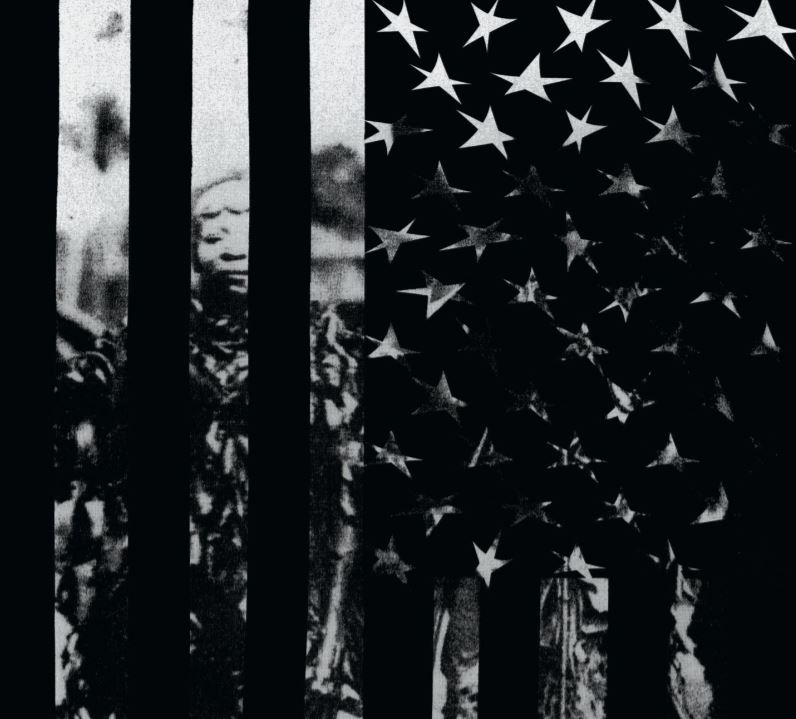On Wednesday, March 3, 2021, journalist Linda Villarosa joined law students Rachel May and Emely Sanchez during a Zoom webinar to discuss the long-term effects of slavery on public health and racial justice. The event, the second in a series, is part of The 1619 Project Law School Initiative, a collaboration between the Pulitzer Center and the law schools at Howard University and the University of Miami that aims to spark frank conversations about the legacy of slavery in legal education.
Throughout the hourlong discussion, Villarosa provided insight into her public health piece, “Medical Inequality,” for The 1619 Project. The 1619 Project, inaugurated with a special issue of The New York Times Magazine in 2019, challenges readers to reframe U.S. history by marking the year when the first enslaved Africans arrived on Virginia soil as our nation's foundational date.
The project’s contributing writers were tasked to choose an issue of the many cruelties of slavery that directly affect Black people today, Villarosa explained. She chose to write about pain, tolerance, and lung function.
“The idea that Black people have a superhuman tolerance for pain began in enslavement as a way to show that slavery wasn’t that terrible and to continue torturing Black bodies,” Villarosa said.
Villarosa elaborated on this further by highlighting a 2016 survey of medical students and residents that revealed that half of them still believed at least one fallacy related to Black bodies, including the belief that Black people have thicker skin, that Black people have different nerve endings, and that Black people’s blood coagulates differently.
In addition, Villarosa touched on the spirometer, a medical instrument testing lung function and has race corrections built in. “I think the thing that was the most surprising was that these myths in the past were not just floating around … they were pushed by doctors and scientists. They were written in medical journals presented as fact by doctors who were trying to justify enslavement and the cruelties that went with it,” she said.
Diving deeper into the discussion, May asked Villarosa about the legacy of the American health care system and how it has shaped outcomes for Black Americans in this era. The COVID-19 pandemic has proven that there are disparities in the system that lower the health outcome of African Americans, Villarosa said.
Villarosa presented the example of Dr. Susan Moore, a Black physician who had COVID-19 and was allegedly denied pain medication and given poor health care while she was accused of being “drug-seeking.” Shortly after her discharge from the hospital, Moore died.
“If there’s still the belief that Black people have a different kind of pain tolerance and if there is the idea that we’re ‘drug-seeking’ when we’re in legitimate pain … and that a doctor cannot get proper health care in the system that she works in, something is clearly still wrong with the system,” said Villarosa.
Continuing to discuss possible solutions to the health care system, Villarosa makes the point that diversifying the health care workforce and ensuring health care for all should be top priorities toward effective change. With only 5% of Black doctors and only 11% of physicians who are people of color, inequality in the system often comes from providers who are different from the patients they serve, she elaborated.
During the Q&A portion of the webinar, an audience member asked how trust can be built between communities of color and the health care workforce. Villarosa responded by discussing two hospitals in New Orleans, where a patient she previously reported on received the worst care in the OB/GYN department. These two hospitals have now undergone anti-racism training, she explained. They have also taken a restorative justice approach toward change by giving community members who received poor care the opportunity to speak about their concerns. Villarosa described the profound change that came from these open forums. “I saw something change when they had to listen to how people talked about the ways they were treated … you saw something change,” Villarosa said.
In addition to these efforts for progress, Villarosa touched on the importance of educating students on these issues. “I think what the Pulitzer Center is doing with the 1619 curriculum is a really good start,” Villarosa said. “It is very important that young people get a rich look at history.”
Villarosa stated that what she loved about the project is that it pointed out that the story of Blacks in America is a story of tragedy, but also triumph.
To view the full webinar, please click here.











